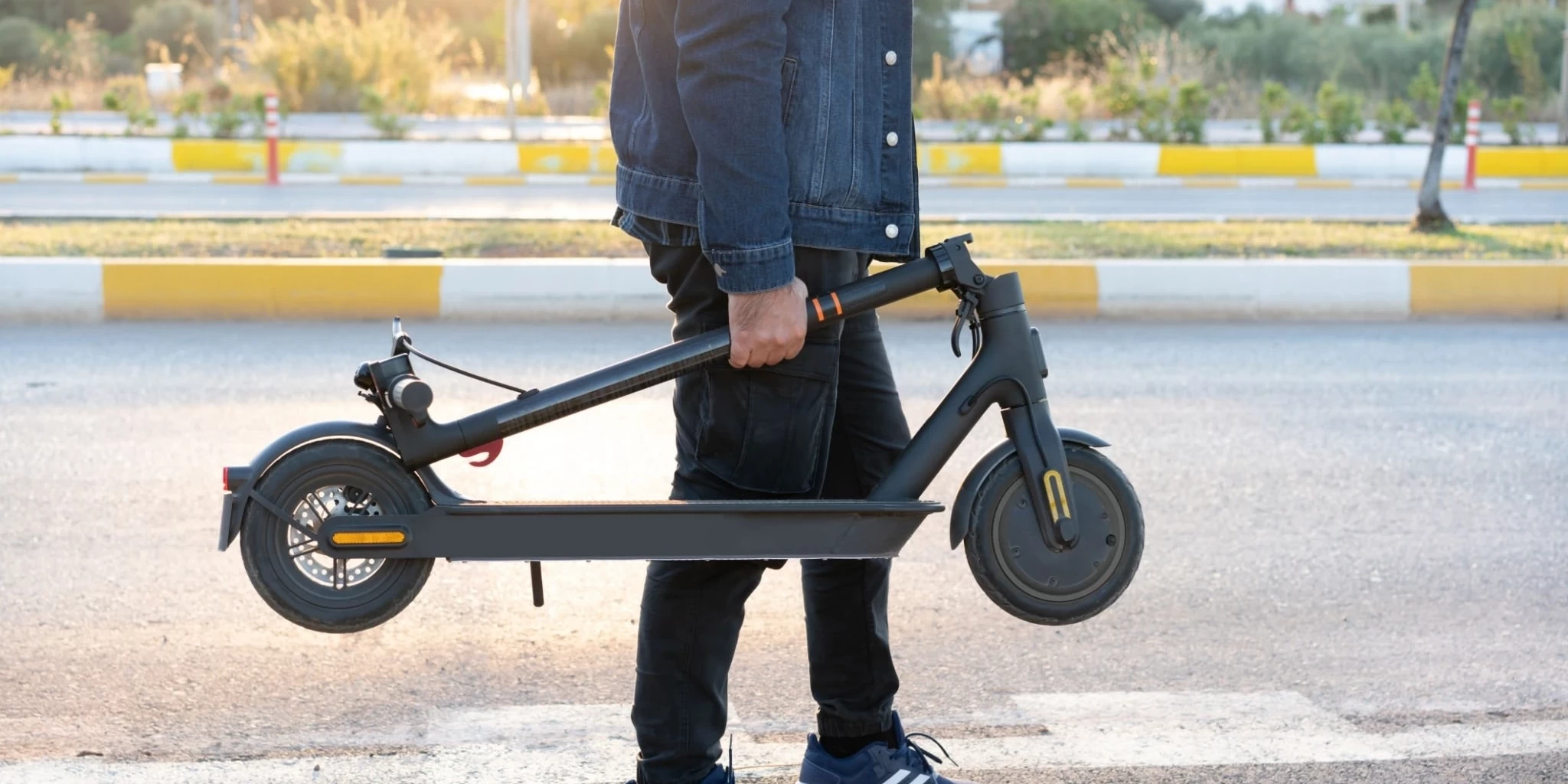Jump to:
In recent years, e-scooters have emerged as a popular mode of transportation in urban areas. They are compact, fast, and quickly navigate congested city streets. A battery powers e-scooters and does not emit pollution, making them a sustainable alternative to cars or motorcycles. Sustainability is the ability to meet the present needs without compromising the ability of future generations to meet their own needs.
As the world moves towards a more sustainable future, it is essential to consider the environmental impact of our products. E-scooters, being a sustainable mode of transport, need to be recyclable to ensure that they do not end up in landfills and contribute to environmental degradation.
The Importance Of Recycling E-Scooters
E-scooters are an environmentally friendly transportation option, but their manufacturing and disposal can negatively impact the environment. Recycling e-scooters can help reduce waste, conserve natural resources and reduce emissions from disposal. In addition, the materials used for manufacturing e-scooters can be recovered, processed and used in new products, reducing the need for raw materials and the carbon footprint associated with their extraction and transportation.

Materials Used In E-Scooter Manufacturing
E-scooters contain various materials that need to be sorted and recycled separately. The frame of the scooter is typically made of aluminium or carbon-fibre-reinforced polymer, both lightweight and durable. The wheels and tires are usually made of rubber and plastic, while the handlebars are made of plastic, rubber, or metal. Other electronic components like motors, batteries, sensors, and wires are also present, and they contain valuable metals like copper and lithium.
Deconstructing An E-Scooter
Before recycling, an e-scooter needs to be deconstructed, components must be disassembled, and the materials must be sorted. To do this, it takes a lot of manual labour and requires specialised machinery. First, the battery and electronic components must be removed and processed separately. The metal frame and components are then separated from the other materials like plastic and rubber. This process ensures that each material is handled and recycled independently, reducing the contamination of recyclable materials.
Electronic Components And Batteries
E-scooters use rechargeable lithium-ion batteries to power the electric motor. These batteries contain metals like cobalt, nickel, and lithium. These metals can be recovered and reused to make new batteries. The electronic components, motors, and sensors also contain valuable metals like copper and aluminium, which can be recycled and reused in other products.
Challenges With E-Scooter Recycling
Recycling e-scooters has its challenges. One of the biggest challenges is the lack of a standardised design among different e-scooter models, making it harder to process and recycle them. The size and shape of the e-scooters also make them harder to manage than smaller items like phones or laptops. Additionally, the scooters are often left on the streets, sidewalks or trails when the battery runs out. They must be collected or found until their battery runs out entirely, which affects the environment.
Another issue with recycling e-scooters is the company’s and customers’ lack of awareness or concern. E-scooter companies may not have a well-established recycling program or sustainable practices, which could lead to many e-scooters ending up in landfills. Customers may also not know how to dispose of e-scooters correctly or be aware of the environmental impact of their disposal.

Recycling E-Scooter Tires And Tubes
Tires and tubes are essential components of e-scooters that require a lot of attention when disassembling the e-scooters. While tyres and tubes are not recyclable, their details can be reused. The metal rims could be separated for recycling, but the rubber parts cannot. But the rubber can be used for other purposes, like producing fuel for electricity plants and cement factories. Therefore, it is essential to have a system for adequately disposing of e-scooter tires and tubes to ensure that the impact on the environment is not exacerbated.
Lifecycle Assessment Of E-Scooters
A lifecycle assessment is a tool that evaluates the environmental impact of a product through its entire lifecycle, from the extraction of raw materials to the disposal of the product. The lifecycle assessment of an e-scooter considers the environmental impact of the materials used in the manufacturing process, the energy used during their operation, and the disposal of e-scooters at the end of life.
Lifecycle assessments have shown that e-scooters have a lower carbon footprint than cars or motorcycles. Still, recycling e-scooters is crucial to ensuring their environmental impact remains low.
E-scooters are an eco-friendly and sustainable mode of transportation, but their impact on the environment doesn’t end with their operation. Recycling e-scooters is essential to reduce waste and conserve natural resources. Improving the design of e-scooters, creating a standardised system for recycling, and educating both the companies and customers on proper disposal can ensure that the impact on the environment is minimal.
Moreover, the manufacturing of e-scooters should become more sustainable, and the practice of recycling processes should be made more efficient and easy. E-scooters can create a more sustainable future, reduce carbon emissions, and promote a cleaner environment by employing these sustainable practices.
Peaker
Meet Peaker, our suave electric scooter enthusiast from the charming streets of London. With a passion for sustainable urban mobility, Peaker navigates the world of electric scooters with a keen eye for style and efficiency. Whether he's zipping through the city or sharing his latest scooting adventures, Peaker is your go-to guide for all things electric and eco-friendly. Join him on the ride towards a greener, swifter future!





